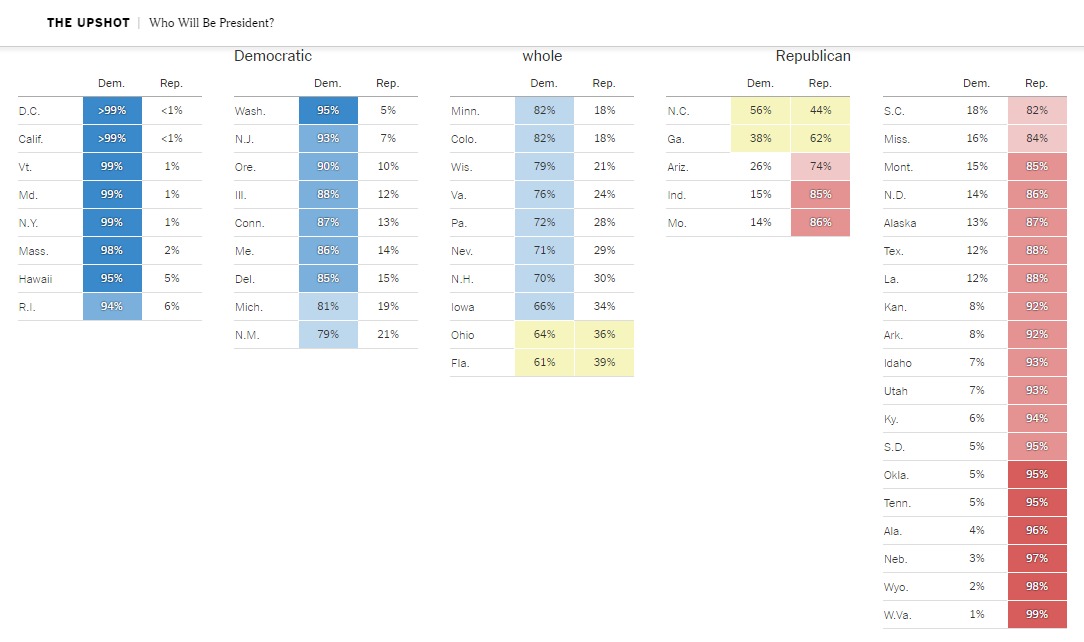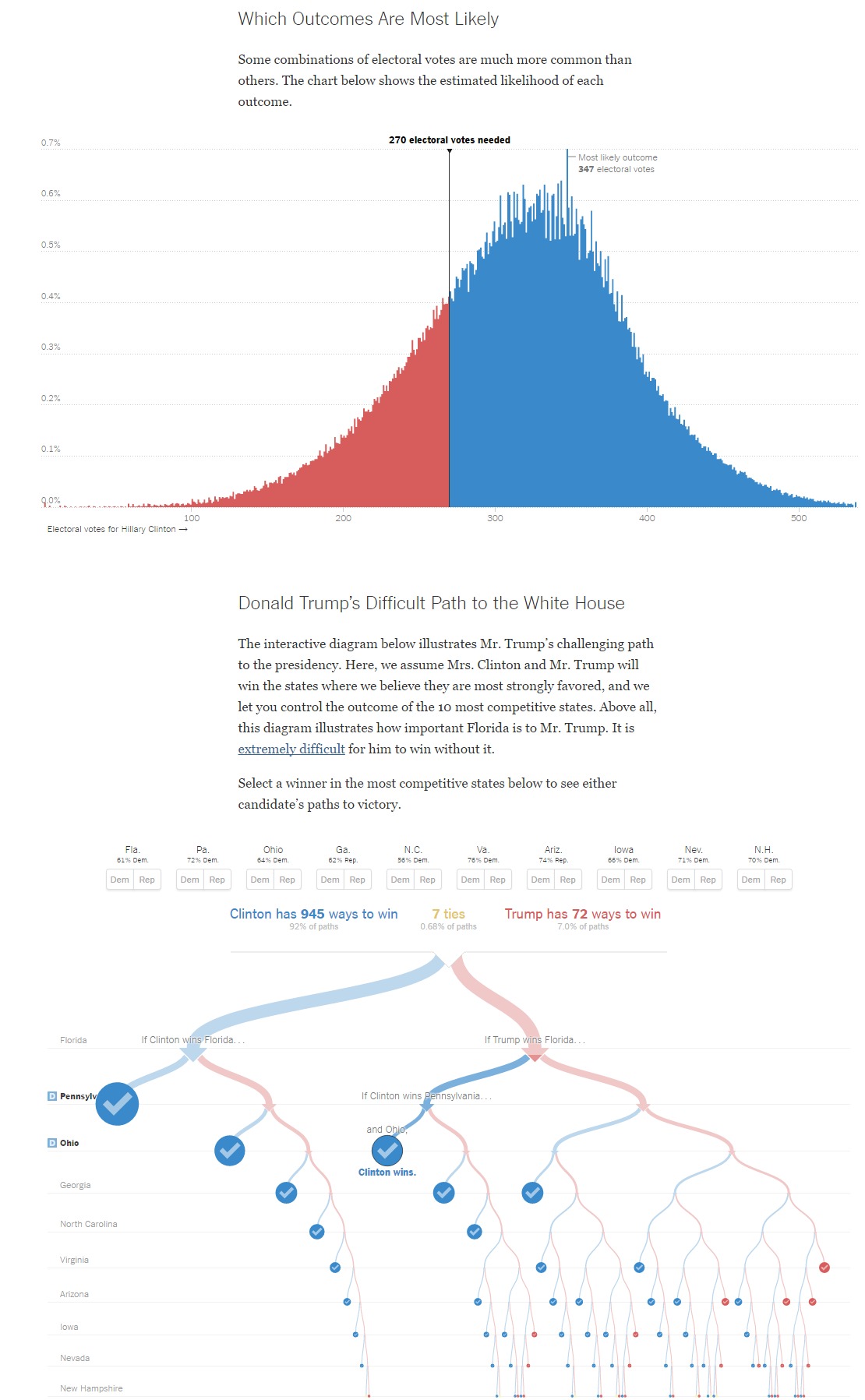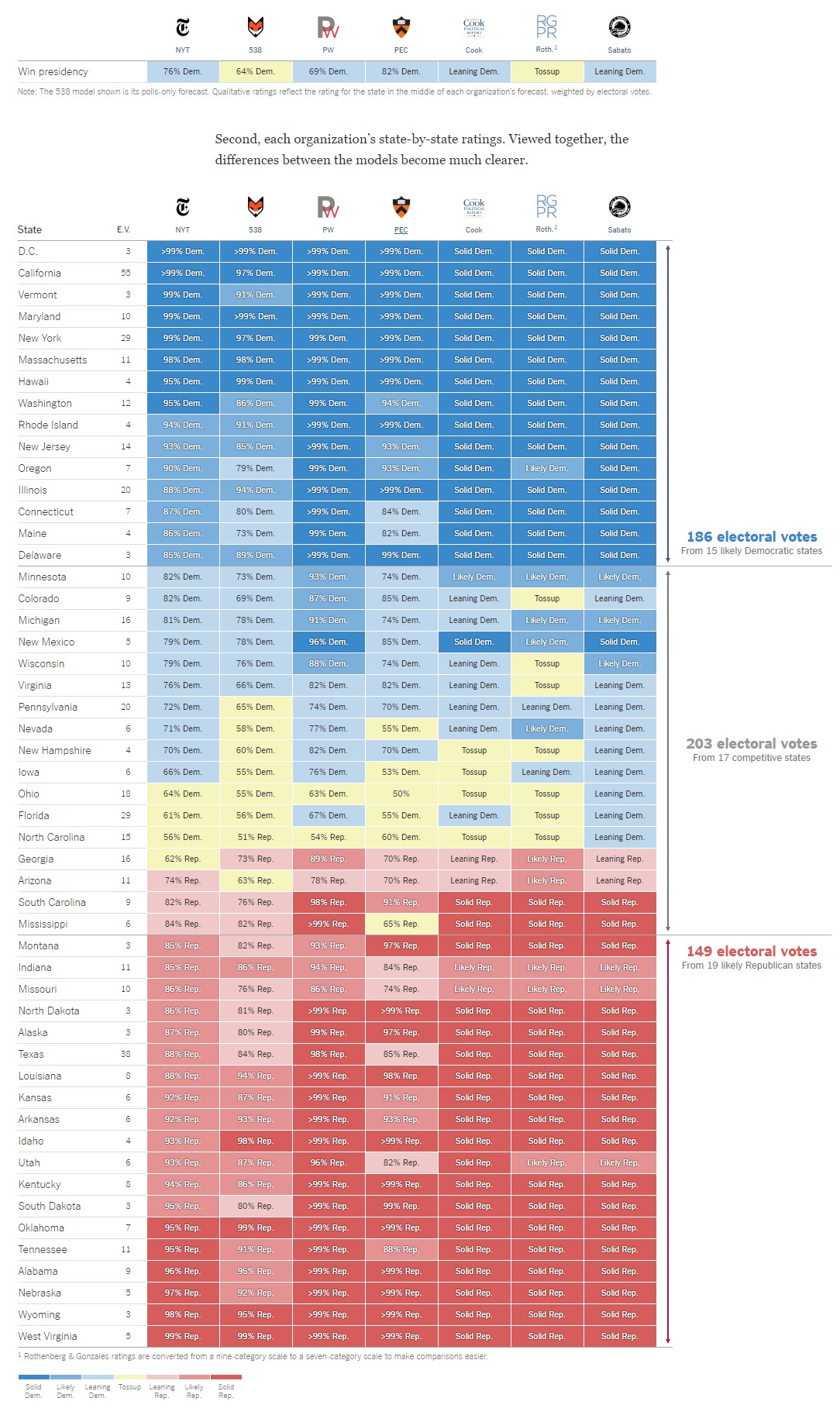According to the people who put money on the line in the political prediction markets, Hillary Clinton clearly won the first debate.
Here’s why the markets are a useful scorekeeper. When the final bell rings and the pugilists return to their handlers, you turn to the refs to see who won, only to discover there’s no way to score the fight. Post-debate commentary doesn’t work for the same reason Spin Alley isn’t insightful — it’s dominated by partisans cheerleading their favorite candidate. But prediction markets have a way of ferreting out people’s real beliefs, because they back those beliefs with their own money.
I watched Monday evening’s debate in split-screen, tracking movements in political prediction markets as the two candidates went back and forth. During the 90 minutes of the debate, nearly $1 million was traded on the prediction market at BetFair.com. Bettors liked what they saw from Mrs. Clinton. The first major shift in the odds occurred within the first half-hour, and the odds of a Clinton presidency continued to rise as the debate went on. At no point did the markets move in Donald J. Trump’s favor.
When he boasted of his temperament, the audience laughed, and the market tilted further against him.
All told, Mrs. Clinton’s odds of winning the election rose from around 63 percent in the minutes before the debate started to 69 percent by the end. Likewise, Mr. Trump’s chances of winning the White House declined by five percentage points. Other prediction markets, such as PredictIt, showed an even larger move against Mr. Trump.
The value of the dollar relative to the Mexican peso — which has come to be the financial price most closely associated with Mr. Trump’s electoral fortunes — also fell sharply during the debate, perhaps a sign that traders don’t believe that Mr. Trump will get a chance to raise trade barriers with Mexico.
I have been watching these markets for years, and it is highly unusual to see such a large shift. After all, many factors beyond the debates are relevant to the November election. Many of these factors — such as the candidates, their positions, the state of the economy and even their way with words — are already baked into the prediction market prices.
Sure, debates historically have not shifted public opinion much, and so this large move may well prove to be an overreaction.
These changing prediction market prices don’t directly reflect who was more persuasive, but rather which candidate most exceeded expectations. Traders were already aware of the relative eloquence of both Mrs. Clinton and Mr. Trump before the debate. This means that the change in a prediction market price tells you how much each candidate overshot or undershot those expectations. And so it would have been possible for Mrs. Clinton to have made her case more eloquently than Mr. Trump, but if traders had already expected it, the markets wouldn’t have moved.
So my interpretation is that Mrs. Clinton did more — she beat expectations about how she would perform. Or alternatively, Mr. Trump did less, significantly undershooting expectations of a more presidential performance, and thus hurting his chances of winning the White House.
By:
CHANCE OF WINNING

69%
Hillary Clinton

31%
Donald J. Trump
The Upshot’s elections model suggests that Hillary Clinton is favored to win the presidency, based on the latest state and national polls. A victory by Mr. Trump remains quite possible: Mrs. Clinton’s chance of losing is about the same as the probability that an N.F.L. kicker misses a 48-yard field goal.
From now until Election Day, we’ll update our estimates with each new poll, as well as collect the ratings of other news organizations. You can chart different paths to victory below. Here’s how our estimates have changed over time:
To understand what is driving the national trend, it’s worth taking a look at the states where the winning probabilities have changed most over the last two weeks:
Get Updates
Get the latest updates to the Upshot’s election forecast and presidential polling.
To forecast each party’s chance of winning the presidency, our model calculates win probabilities for each state. In addition to the latest state polls, our forecast incorporates a state’s past election results and national polling.
The table below shows our model’s estimate for Democrats and Republicans in all 50 states and Washington, D.C. We have put the states into five groups based on their voting history relative to the nation since 2004.
Our estimates in states that tend to vote …
The New York Times is one of many news organizations to publish election ratings or forecasts. Some, like FiveThirtyEight or the Princeton Election Consortium, use statistical models, as The Times does; others, like the Cook Political Report, rely on reporting and knowledgeable experts’ opinions. PredictWise uses information from betting markets.
We compile and standardize these ratings every day into one scoreboard for comparison. First, every organization’s estimate for who will win the presidency:
Second, each organization’s state-by-state ratings. Viewed together, the differences between the models become much clearer.
| State | E.V. |  NYT NYT |
 538 538 |
 DK DK |
 PW PW |
 PEC PEC |
 Cook Cook |
 Roth.1 Roth.1 |
 Sabato Sabato |
||
|---|---|---|---|---|---|---|---|---|---|---|---|
| D.C. | 3 | ||||||||||
| California | 55 | ||||||||||
| Maryland | 10 | ||||||||||
| New York | 29 | ||||||||||
| Massachusetts | 11 | ||||||||||
| Vermont | 3 | ||||||||||
| Hawaii | 4 | ||||||||||
| Illinois | 20 | ||||||||||
| Oregon | 7 | ||||||||||
| New Jersey | 14 | ||||||||||
| Washington | 12 | ||||||||||
| Virginia | 13 | ||||||||||
| Connecticut | 7 | ||||||||||
| Rhode Island | 4 | ||||||||||
| Minnesota | 10 | ||||||||||
| Maine | 4 | ||||||||||
| Delaware | 3 | ||||||||||
| New Mexico | 5 | ||||||||||
| New Hampshire | 4 | ||||||||||
| Pennsylvania | 20 | ||||||||||
| Michigan | 16 | ||||||||||
| Wisconsin | 10 | ||||||||||
| Colorado | 9 | ||||||||||
| Florida | 29 | ||||||||||
| Nevada | 6 | ||||||||||
| North Carolina | 15 | ||||||||||
| Ohio | 18 | ||||||||||
| Iowa | 6 | ||||||||||
| Arizona | 11 | ||||||||||
| Georgia | 16 | ||||||||||
| South Carolina | 9 | ||||||||||
| Alaska | 3 | ||||||||||
| Texas | 38 | ||||||||||
| Mississippi | 6 | ||||||||||
| Nebraska | 5 | ||||||||||
| Arkansas | 6 | ||||||||||
| Montana | 3 | ||||||||||
| Missouri | 10 | ||||||||||
| Utah | 6 | ||||||||||
| South Dakota | 3 | ||||||||||
| Indiana | 11 | ||||||||||
| Kansas | 6 | ||||||||||
| Idaho | 4 | ||||||||||
| Kentucky | 8 | ||||||||||
| Louisiana | 8 | ||||||||||
| Tennessee | 11 | ||||||||||
| North Dakota | 3 | ||||||||||
| West Virginia | 5 | ||||||||||
| Alabama | 9 | ||||||||||
| Oklahoma | 7 | ||||||||||
| Wyoming | 3 |
Some combinations of electoral votes are much more common than others. The chart below shows the estimated likelihood of each outcome.
Electoral votes for Hillary Clinton →
The interactive diagram below illustrates Mr. Trump’s challenging path to the presidency. Here, we let you control the outcome of the nine states that have voted most like the nation since 2004, plus North Carolina, which has emerged in the past decade as a more competitive state. We then assume that Mr. Trump and Mrs. Clinton win the other states in which they are favored. Above all, this diagram illustrates how important Florida and Pennsylvania are to both candidates.

































